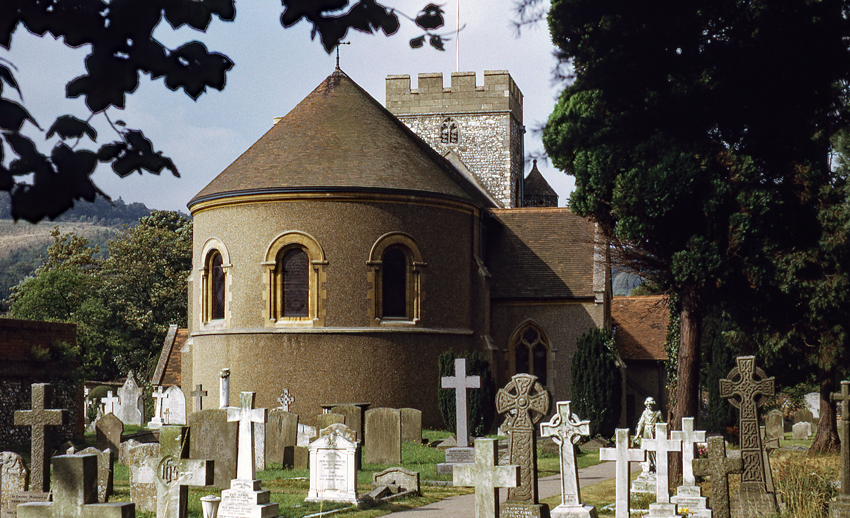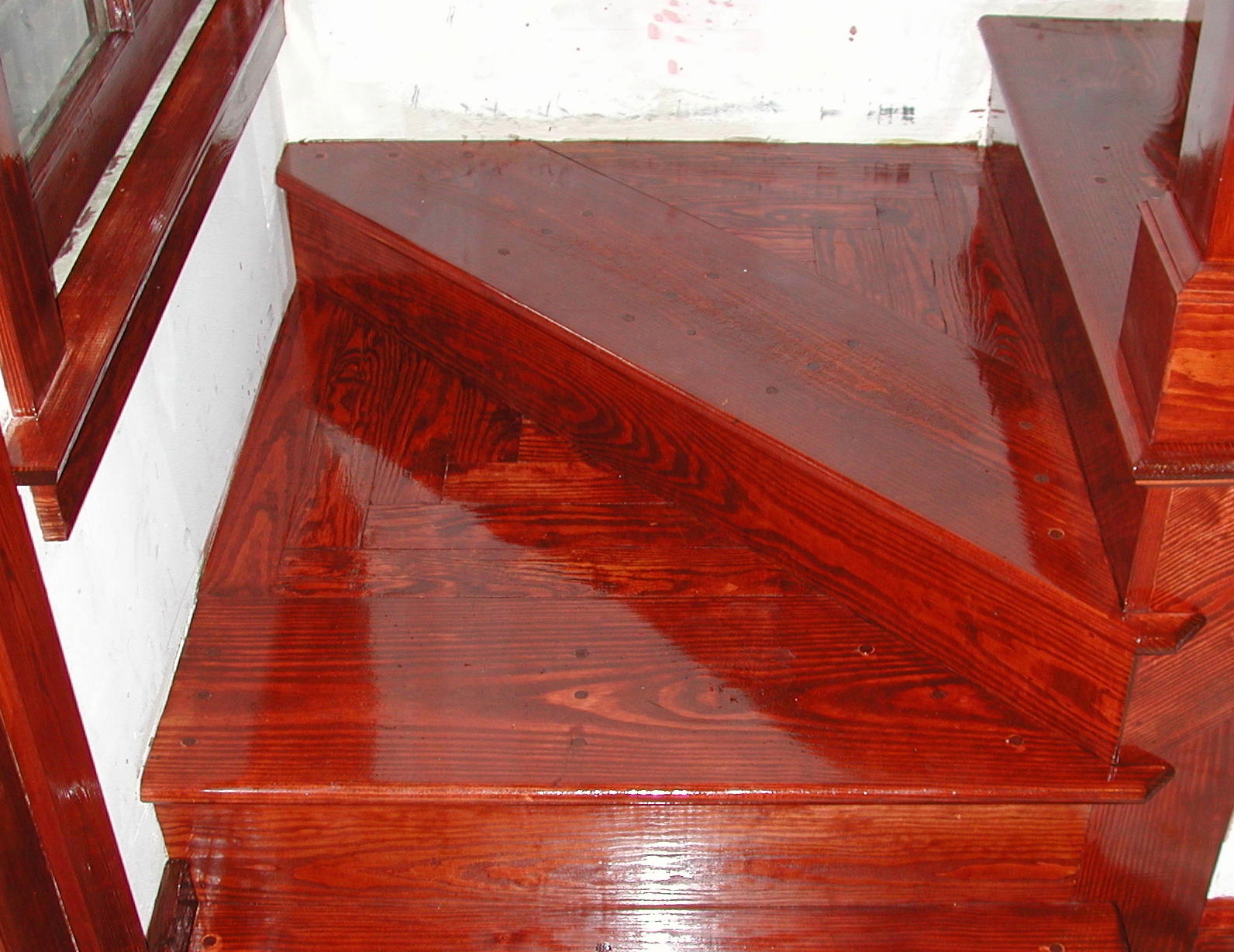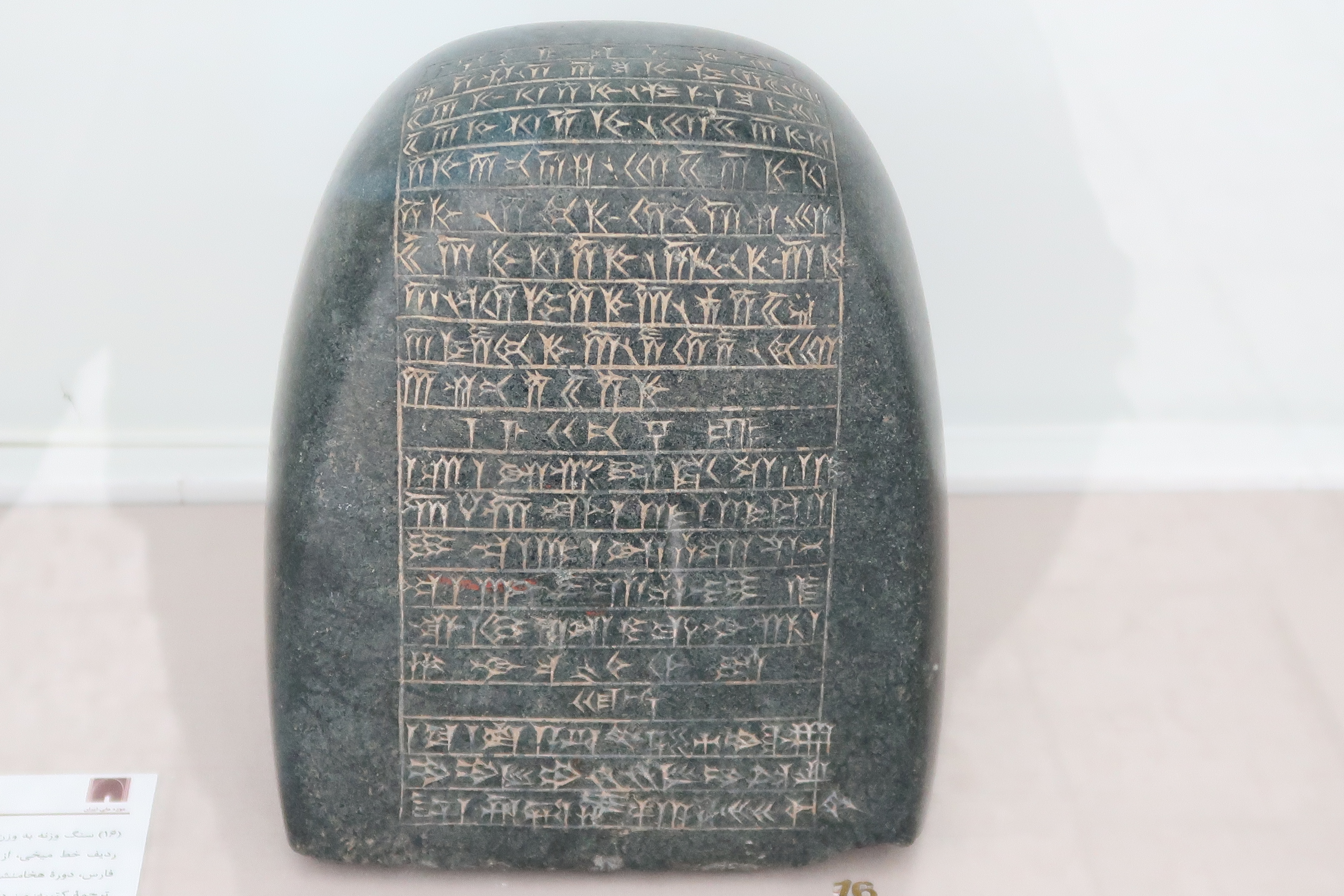|
Lawrence Turner
Henry Frederic Lawrence Turner (30 December 1908 – 17 December 1977) was a British Conservative Party politician. As an officer in the Royal Artillery during the Second World War, he survived three years as a prisoner of war of the Japanese; he passed his captivity by lecturing on politics. After the war ended he moved into politics and was elected as Member of Parliament (MP) for Oxford. Although generally moderate in politics, his support for British intervention in Suez led him to resign the Conservative Party whip. He lived an extravagant lifestyle far beyond his means, which brought his career to a premature end and led to bankruptcy. Family Turner's family were from Goring-on-Thames in Oxfordshire; he was the grandson of the author George Grossmith."Forthcoming Marriages", ''The Times'', 6 May 1937, p. 19. He was sent to Radley College for his education, and then to the University of Reading and to Exeter College of the University of Oxford."Who Was Who", A ... [...More Info...] [...Related Items...] OR: [Wikipedia] [Google] [Baidu] |
Goring-on-Thames
Goring-on-Thames (or Goring) is a village and civil parish on the River Thames in South Oxfordshire, England, about south of Wallingford and northwest of Reading. It had a population of 3,187 in the 2011 census, put at 3,335 in 2019. Goring & Streatley railway station is on the main Oxford–London line. Most land is farmland, with woodland on the Goring Gap outcrop of the Chiltern Hills. Its riverside plain encloses the residential area, including a high street with shops, pubs and restaurants. Nearby are the village churches – one dedicated to St Thomas Becket has a nave built within 50 years of the saint's death, in the early 13th century, along with a later bell tower. Goring faces the smaller Streatley across the Thames. The two are linked by Goring and Streatley Bridge. Geography Goring is on the left bank of the River Thames in the Goring Gap between the Berkshire Downs and Chiltern Hills, about north-west of Reading and south of Oxford. Across the river is the B ... [...More Info...] [...Related Items...] OR: [Wikipedia] [Google] [Baidu] |
Varnish
Varnish is a clear transparent hard protective coating or film. It is not a stain. It usually has a yellowish shade from the manufacturing process and materials used, but it may also be pigmented as desired, and is sold commercially in various shades. Varnish is primarily used as a wood finish where, stained or not, the distinctive tones and grains in the wood are intended to be visible. Varnish finishes are naturally glossy, but satin/semi-gloss and flat sheens are available. History The word "varnish" comes from Mediaeval Latin ''vernix'', meaning odorous resin, itself derived from Middle Greek ''berōnikón'' or ''beroníkē'', meaning amber or amber-colored glass. A false etymology traces the word to the Greek ''Berenice'', the ancient name of modern Benghazi in Libya, where the first varnishes in the Mediterranean area were supposedly used and where resins from the trees of now-vanished forests were sold. Early varnishes were developed by mixing resin—pine sap, for ex ... [...More Info...] [...Related Items...] OR: [Wikipedia] [Google] [Baidu] |
The Times
''The Times'' is a British daily national newspaper based in London. It began in 1785 under the title ''The Daily Universal Register'', adopting its current name on 1 January 1788. ''The Times'' and its sister paper ''The Sunday Times'' (founded in 1821) are published by Times Newspapers, since 1981 a subsidiary of News UK, in turn wholly owned by News Corp. ''The Times'' and ''The Sunday Times'', which do not share editorial staff, were founded independently and have only had common ownership since 1966. In general, the political position of ''The Times'' is considered to be centre-right. ''The Times'' is the first newspaper to have borne that name, lending it to numerous other papers around the world, such as ''The Times of India'', ''The New York Times'', and more recently, digital-first publications such as TheTimesBlog.com (Since 2017). In countries where these other titles are popular, the newspaper is often referred to as , or as , although the newspaper is of nationa ... [...More Info...] [...Related Items...] OR: [Wikipedia] [Google] [Baidu] |
1950 United Kingdom General Election
The 1950 United Kingdom general election was the first ever to be held after a full term of Labour government. The election was held on Thursday 23 February 1950, and was the first held following the abolition of plural voting and university constituencies. The government's 1945 lead over the Conservative Party shrank dramatically, and Labour was returned to power but with an overall majority reduced from 146 to just 5. There was a 2.8% national swing towards the Conservatives, who gained 90 seats. Labour called another general election in 1951, which the Conservative Party won. Turnout increased to 83.9%, the highest turnout in a UK general election under universal suffrage, and representing an increase of more than 11% in comparison to 1945. It was also the first general election to be covered on television, although the footage was not recorded. Richard Dimbleby hosted the BBC coverage of the election, which he would later do again for the 1951, 1955, 1959 and the 1964 ... [...More Info...] [...Related Items...] OR: [Wikipedia] [Google] [Baidu] |
Dick Whittington
Richard Whittington (c. 1354–1423) of the parish of St Michael Paternoster Royal, City of London, was an English merchant and a politician of the late medieval period. He is also the real-life inspiration for the English folk tale ''Dick Whittington and His Cat''. He was four times (appointed once, elected three times) Lord Mayor of London, a member of parliament and a Sheriff of London. In his lifetime he financed a number of public projects, such as drainage systems in poor areas of medieval London, and a hospital ward for unmarried mothers. He bequeathed his fortune to form the Charity of Sir Richard Whittington which, nearly 600 years later, continues to assist people in need. Origins He was born, in around the early 1350s, into an ancient and wealthy Gloucestershire gentry family. The 3rd son of Sir William Whittington (d.1358) of Pauntley, in the Forest of Dean, Gloucestershire, a Member of Parliament, by his wife Joan Maunsell, a daughter of William Maunsell (or Man ... [...More Info...] [...Related Items...] OR: [Wikipedia] [Google] [Baidu] |
1946 Paddington North By-election
The 1946 Paddington North by-election was held on 20 November 1946. The byelection was held due to the resignation of the incumbent Labour MP, Sir Noel Mason-Macfarlane. It was won by the Labour candidate Bill Field William James Field (22 May 1909 – 11 October 2002) was a British politician whose career was ended by a conviction for "importuning for immoral purposes" in 1953. He was Labour Member of Parliament for Paddington North from 1946 to 1953. E .... References Paddington North by-election Paddington North by-election Paddington North,1946 Paddington North by-election Paddington North,1946 Paddington {{London-UK-Parl-by-election-stub ... [...More Info...] [...Related Items...] OR: [Wikipedia] [Google] [Baidu] |
Paddington North (UK Parliament Constituency)
Paddington North was a borough constituency in the Metropolitan Borough of Paddington in London which returned one Member of Parliament (MP) to the House of Commons of the Parliament of the United Kingdom, elected by the first past the post voting system. It was created in 1885, and abolished for the February 1974 general election. It was a compact and mixed residential area which included some grand mansion blocks of flats, large runs of typical London terraced houses, and some areas of working-class housing. The area moved slowly down the social scale during its existence and the construction of large amounts of social housing following the Second World War made what had been a Conservative-inclined marginal seat into a reasonably safe Labour one. Boundaries The constituency was originally made up by the northern part of Paddington Parish. In the Redistribution of Seats Act 1885 it was defined as the number 2 ward of the Parish. Although Paddington had four wards, they ... [...More Info...] [...Related Items...] OR: [Wikipedia] [Google] [Baidu] |
Paddington
Paddington is an area within the City of Westminster, in Central London. First a medieval parish then a metropolitan borough, it was integrated with Westminster and Greater London in 1965. Three important landmarks of the district are Paddington station, designed by the engineer Isambard Kingdom Brunel and opened in 1847; St Mary's Hospital; and the former Paddington Green Police Station (once the most important high-security police station in the United Kingdom). A major project called Paddington Waterside aims to regenerate former railway and canal land between 1998 and 2018, and the area is seeing many new developments. Offshoot districts (historically within Paddington) are Maida Vale, Westbourne and Bayswater including Lancaster Gate. History The earliest extant references to ''Padington'' (or "Padintun", as in the ''Saxon Chartularies'', 959), historically a part of Middlesex, appear in documentation of purported tenth-century land grants to the monks of Westmin ... [...More Info...] [...Related Items...] OR: [Wikipedia] [Google] [Baidu] |
Lancaster Gate
Lancaster Gate is a mid-19th century development in the Bayswater district of central London, immediately to the north of Kensington Gardens. It consists of two long terraces of houses overlooking the park, with a wide gap between them opening onto a square containing a church. Further terraces back onto the pair overlooking the park and loop around the square. Until 1865 the terraces were known as Upper Hyde Park Gardens, with the name Lancaster Gate limited to the square surrounding the church. The development takes its name from Lancaster Gate, a nearby entrance to Kensington Gardens, itself named in honour of Queen Victoria as Duke of Lancaster. The terraces are stuccoed and are in an eclectic classical style featuring English Baroque details and French touches. The church, known as Christ Church, Lancaster Gate, was an asymmetrical gothic composition with a needle spire. The architects were F. & H. Francis. The church was one of the most well known in London, but when dr ... [...More Info...] [...Related Items...] OR: [Wikipedia] [Google] [Baidu] |
London
London is the capital and largest city of England and the United Kingdom, with a population of just under 9 million. It stands on the River Thames in south-east England at the head of a estuary down to the North Sea, and has been a major settlement for two millennia. The City of London, its ancient core and financial centre, was founded by the Romans as '' Londinium'' and retains its medieval boundaries.See also: Independent city § National capitals The City of Westminster, to the west of the City of London, has for centuries hosted the national government and parliament. Since the 19th century, the name "London" has also referred to the metropolis around this core, historically split between the counties of Middlesex, Essex, Surrey, Kent, and Hertfordshire, which largely comprises Greater London, governed by the Greater London Authority.The Greater London Authority consists of the Mayor of London and the London Assembly. The London Mayor is distinguished fr ... [...More Info...] [...Related Items...] OR: [Wikipedia] [Google] [Baidu] |
Stone (Imperial Mass)
The stone or stone weight (abbreviation: st.) is an English and imperial unit of mass equal to 14 pounds (6.35 kg). The stone continues in customary use in the United Kingdom for body weight. England and other Germanic-speaking countries of northern Europe formerly used various standardised "stones" for trade, with their values ranging from about 5 to 40 local pounds (roughly 3 to 15 kg) depending on the location and objects weighed. With the advent of metrication, Europe's various "stones" were superseded by or adapted to the kilogram from the mid-19th century on. Antiquity The name "stone" derives from the use of stones for weights, a practice that dates back into antiquity. The Biblical law against the carrying of "diverse weights, a large and a small" is more literally translated as "you shall not carry a stone and a stone (), a large and a small". There was no standardised "stone" in the ancient Jewish world, but in Roman times stone weights were ... [...More Info...] [...Related Items...] OR: [Wikipedia] [Google] [Baidu] |
Burma Road
The Burma Road () was a road linking Burma (now known as Myanmar) with southwest China. Its terminals were Kunming, Yunnan, and Lashio, Burma. It was built while Burma was a British colony to convey supplies to China during the Second Sino-Japanese War. Preventing the flow of supplies on the road helped motivate the occupation of Burma by the Empire of Japan in 1942. Use of the road was restored to the Allies in 1945 after the completion of the Ledo Road. Some parts of the old road are still visible today. History The road is long and runs through rough mountain country. The sections from Kunming to the Burmese border were built by 200,000 Burmese and Chinese laborers during the Second Sino-Japanese War in 1937 and completed by 1938 in order to circumvent the Japanese blockade of China. The construction project was coordinated by Chih-Ping Chen. During World War II, the Allies used the Burma Road to transport materiel to China, especially after China lost sea-access follo ... [...More Info...] [...Related Items...] OR: [Wikipedia] [Google] [Baidu] |







